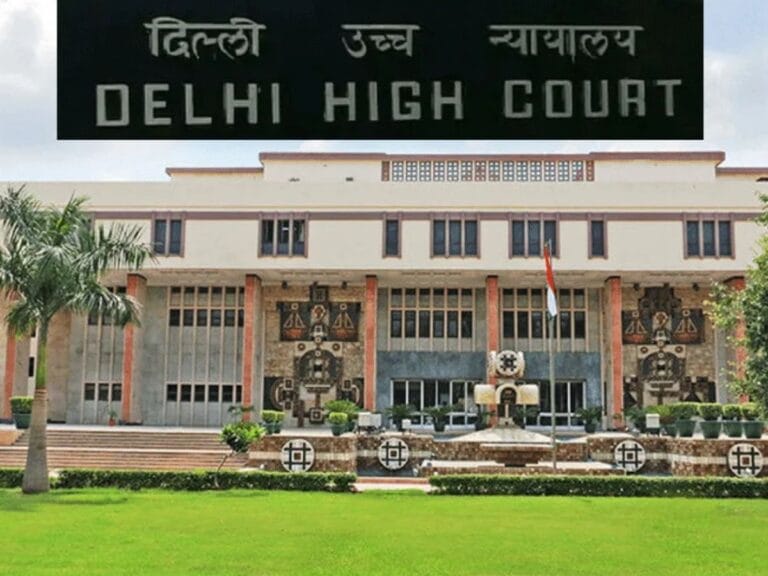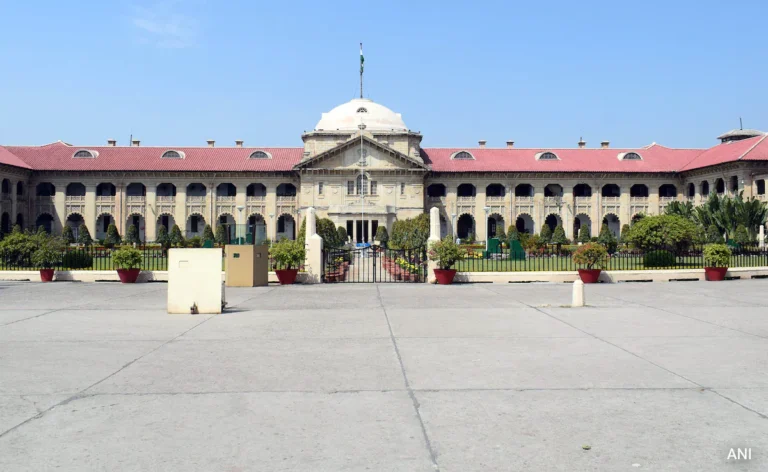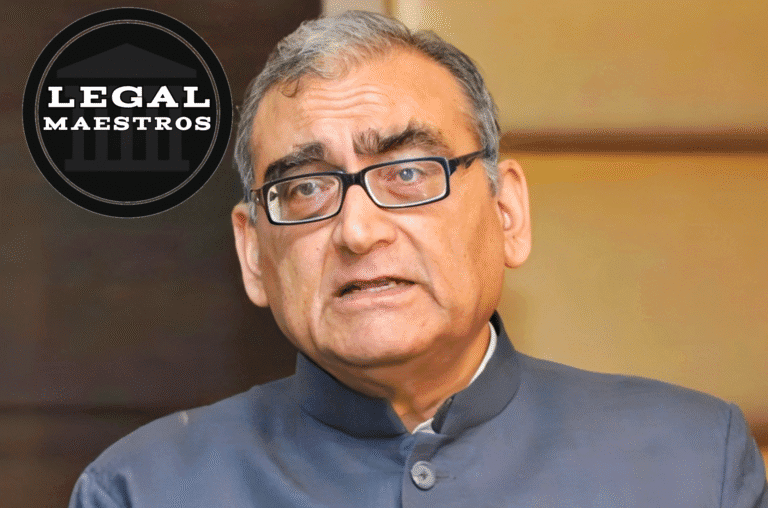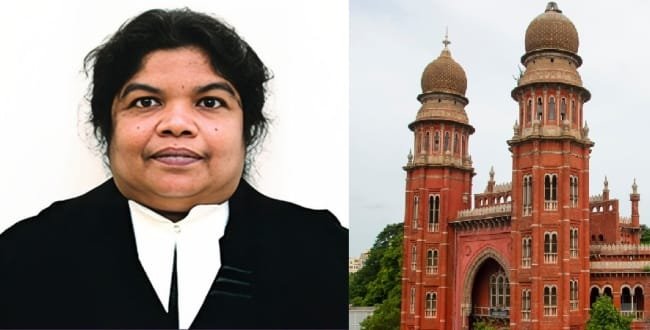
Factual Background of the Case
In The Registrar (Judicial), High Court Bench at Aurangabad v. State of Maharashtra, the Bombay High Court (Aurangabad Bench) filed a Suo Moto Public Interest Litigation (PIL) on reading a news report printed in the “Divya Marathi” newspaper. The report created serious concern regarding the practice of placing orphan girls, who have already been tagged as “children in need of care and protection” by the Child Welfare Committee (CWC), in other districts when they are 18 years old.
The CWC, as per the Juvenile Justice (Care and Protection of Children) Act, 2015, can have jurisdiction only over the below 18-year-old individuals. After these girls reach the age of majority, there is no proper transition support or facilities at Aurangabad under the current setup, leading them to be sent to far-flung cities like Mumbai or Nashik—depending upon the availability of shelter home places.
The article identified the negative emotional and psychological impacts on such girls. The discussion of a girl who had completed her 12th grade in Aurangabad and wanted to become an engineer was unexpected. She was being forced to relocate, losing her friendly surroundings and educational resources, despite having lived in Aurangabad her entire life and finishing her education there.
For any queries or to publish an article or post or advertisement on our platform, do call at +91 6377460764 or email us at contact@legalmaestros.com.
This made the Court to invoke Suo Moto cognizance, raising concerns over the need to probe for systemic failure and assure such girls their rights and well-being were protected.
Judicial Concerns and Observations
The Hon’ble Division Bench expressed its prima facie concerns over several issues:
- Whether relocating a girl from her support system upon attaining majority serves her best interest.
- Whether such forced transfers violate the girl’s fundamental right to education and personal development.
- The obligation of the State Government to create transitional facilities for girls turning 18, especially considering their continued vulnerability.
- Whether the mental and emotional impact of such sudden transitions is taken into account when deciding on their rehabilitation and future.
The Court noted that there are three observation homes in Aurangabad housing over 300 girls, including orphans, girls from poor or single-parent households, those with disabilities, and daughters of convicts. Every year, approximately 20 girls are sent to other districts due to the lack of adult shelter homes in the city.
For any queries or to publish an article or post or advertisement on our platform, do call at +91 6377460764 or email us at contact@legalmaestros.com.
Directions Passed by the Court
- Registration of Suo Moto PIL: The Court directed that the present order be treated as a Suo Moto PIL and registered accordingly.
- Appointment of Amicus Curiae: Advocate Mr. Satyajeet Bora was appointed as amicus curiae to assist the Court. He was instructed to gather necessary data from government departments and the CWC to frame a detailed petition, to be submitted by 11 July 2025.
- Coordination with State Departments: The Court ordered government departments—including the Women and Child Development Department and the CWC—to provide all relevant data to the amicus curiae.
- Identification of Local Facilities: The Additional Public Prosecutor informed the Court of an existing shelter home—‘Savitribai Phule Shaskiya Mahila Rajyagruh’ in Aurangabad—but could not provide its operational capacity or criteria for admission. The Court emphasized the need to assess the facility’s capability to house girls who attain majority.
Legal and Social Implications
The case raises serious issues of post-care rehabilitation under the Juvenile Justice Act, 2015:
- Gap in Institutional Care: There is a stark lack of care for girls reaching 18 years with no family or social support, leaving them susceptible to displacement and disruption of education.
- State Duty Reinforcement: The case reaffirms that the State responsibility under Article 21 (Right to Life and Dignity) does not conclude with a child reaching the age of 18 years. Transitional care and integrated rehabilitation need to be ensured.
- Transitional Shelters Required: The Court indirectly upheld the need for the provision of age-transitional centers that enable young adults, particularly women, to pursue further education and training without displacement.
- Suo Moto Jurisdiction in the Name of Social Justice: This case is an example of its active exercise of Suo Moto jurisdiction to meet systemic policy lacunae against marginalized sections, particularly orphan girls.
Conclusion
This Suo Moto cognizance by the Bombay High Court is a crucial judicial intervention in safeguarding the post-care rights of orphan girls when they emancipate out of the observation home system. It emphasizes the urgent necessity for long-term rehabilitation policies for young women who otherwise suffer sudden dislocation, educational disruption, and emotional trauma.
By way of its initial observations and sympathetic perspective, the Court has set the stage for what may be a landmark case in defining post-majority protectionist paradigms under Indian child welfare law. The upcoming hearings will be instrumental in determining whether Maharashtra, and ultimately other states, will be bound to develop strong infrastructure to safeguard the rights of girls who are entering adulthood.
For any queries or to publish an article or post or advertisement on our platform, do call at +91 6377460764 or email us at contact@legalmaestros.com.
Sources
- The Registrar (Judicial) High Court, Bench at Aurangabad v. State of Maharashtra, Suo Moto PIL (St.) No. 18916 of 2025, Order dated 25 June 2025, Bombay High Court (Aurangabad Bench).
- LiveLaw Article: Bombay HC Takes Suo Moto Cognisance Of Transfer Of Female Prisoners Out Of Observational Homes







